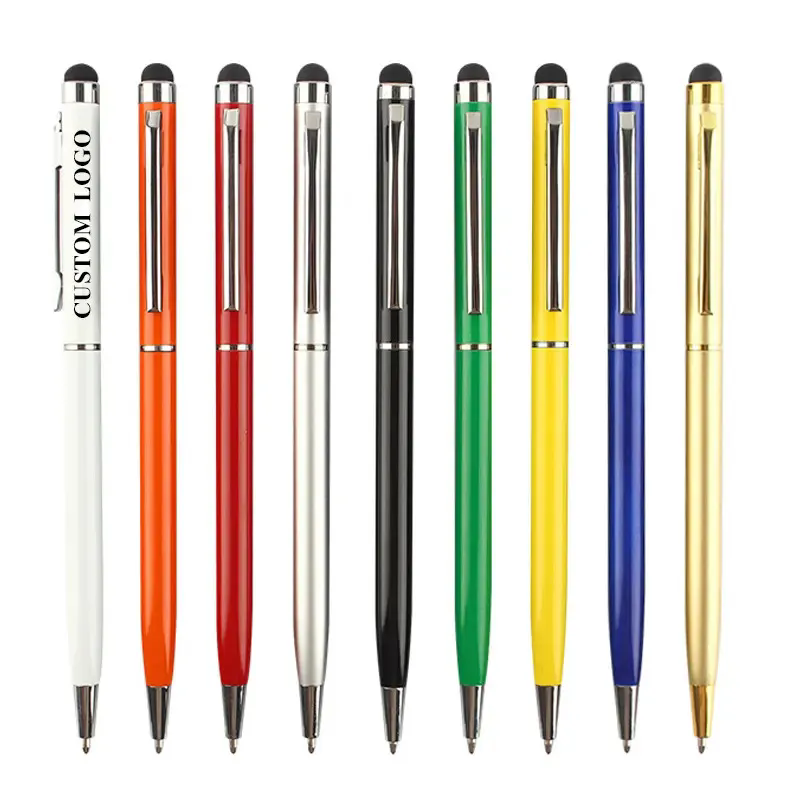The Ball Pen: A Timeless Tool for Writing and Creativity
2024-12-04
In an age dominated by digital technology, the simple ball pen remains an indispensable tool in our everyday lives. Whether it's signing a document, taking notes in a meeting, or jotting down a creative idea, the ball pen continues to be a reliable companion. This unassuming writing instrument has evolved over the years, but its essential function—providing a smooth, consistent writing experience—has remained unchanged. In this blog, we’ll explore the history, features, and enduring appeal of the ball pen.
A Brief History of the Ball Pen
The ball pen as we know it today was first patented by Hungarian-Argentinian inventor László Bíró in 1938. Prior to its invention, people primarily used fountain pens or ink pens, which required frequent dipping into ink bottles. These pens were prone to leaking, required constant attention, and were often impractical for everyday use. Bíró’s innovation was simple yet revolutionary: a tiny ball-bearing in the tip of the pen that rotated as the pen moved across paper, picking up ink from the barrel and depositing it onto the page. This design eliminated the need for ink refills and made the pen more efficient and easy to use.
Since then, the ball pen has undergone continuous development, with improvements in ink, materials, and ergonomics, making it one of the most widely used writing tools in the world today.
Why the Ball Pen Remains Popular
Despite the rise of digital devices and the increasing reliance on smartphones and computers for communication, the ball pen has maintained its relevance for several reasons:
1. Convenience and Portability: The ball pen is small, lightweight, and portable, making it easy to carry around. Whether in your pocket, purse, or briefcase, it’s always within reach when you need to write something down. Unlike digital devices that require charging or an internet connection, a ball pen is ready to use anytime.
2. Smooth Writing Experience: One of the most important features of the ball pen is its smooth and consistent writing experience. The ink flows evenly, and the ball mechanism ensures that the pen glides effortlessly across the page. Whether you're writing quickly or slowly, the ball pen provides a seamless experience that many people find more comfortable than other writing instruments.
3. Affordable and Accessible: Ball pens are incredibly affordable, which contributes to their widespread use. You can find a ball pen at almost any store, and they come in a variety of price ranges to suit different preferences. From budget-friendly options to premium pens, there is a ball pen for every budget.
4. Wide Variety: Over the years, ball pens have come in a wide range of designs, ink types, and colors, allowing users to choose the one that suits their needs best. Some pens have features like ergonomic grips for added comfort, while others are designed with high-end materials for a more luxurious feel. Whether you prefer a click pen, a capped pen, or a retractable pen, there's a ball pen for every occasion.
5. Environmental Impact: In recent years, eco-conscious consumers have driven the creation of environmentally friendly ball pens. Many manufacturers now offer refillable options or pens made from recycled materials, reducing waste and promoting sustainability. By choosing these pens, users can enjoy the same reliability of a ball pen while minimizing their environmental footprint.
Different Types of Ball Pens
Ball pens come in various styles and designs, each offering unique features and benefits:
1. Gel Pens: Gel pens use water-based ink, which provides a smoother, more vibrant writing experience. The ink flows more freely than traditional ballpoint ink, making it ideal for people who want a more fluid and colorful writing experience.
2. Rollerball Pens: Rollerball pens are similar to ballpoint pens but use liquid ink instead of oil-based ink. This allows for smoother writing with a finer line and quicker drying time. They are perfect for tasks that require precision and detail, such as drawing or journaling.
3. Click Pens: These pens feature a retractable tip that can be extended and retracted by clicking the pen's top. Click pens are highly convenient for quick use and are favored for their portability and ease of use.
4. Felt Tip Pens: Though technically not a ball pen, felt-tip pens use a similar writing mechanism. They have a soft, porous tip that allows ink to flow easily onto paper, creating a smooth writing experience with bold lines. These pens are often used for artistic purposes or highlighting text.
The Versatility of Ball Pens
The ball pen is more than just a tool for writing. Its versatility makes it useful in various aspects of life:
1. Professional Use: From signing important contracts to taking meeting notes, the ball pen is a staple in professional environments. Its reliability and ease of use make it a trusted choice for business settings.
2. Education: Students have long relied on ball pens for taking notes, completing assignments, and completing exams. The consistent performance of ball pens helps students write quickly and legibly during tests or while studying.
3. Art and Creativity: Many artists and designers use ball pens for drawing and sketching. The fine line provided by some ballpoint pens is ideal for intricate details, making it a popular choice in the world of art.
4. Personal Use: Ball pens also serve everyday personal needs, such as writing to-do lists, journaling, or even creating DIY crafts. Their accessibility and ease of use make them the go-to choice for many people.
Conclusion
The ball pen has proven to be a timeless tool that continues to serve individuals and businesses around the world. Whether you’re using it for professional tasks, educational purposes, or creative endeavors, the ball pen is a reliable and versatile instrument that has stood the test of time. Its simplicity, smooth writing experience, and affordability ensure that it remains an essential item in our daily lives. So, the next time you reach for a pen, consider the humble ball pen—one of the most enduring innovations in the world of writing.



